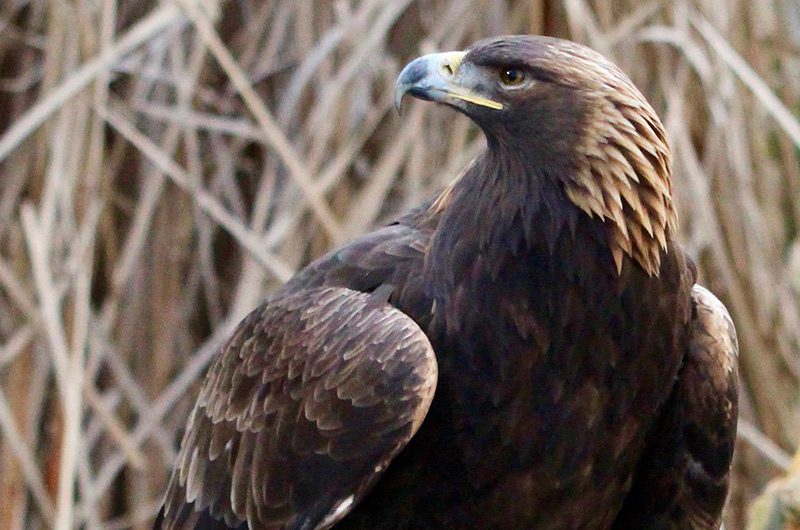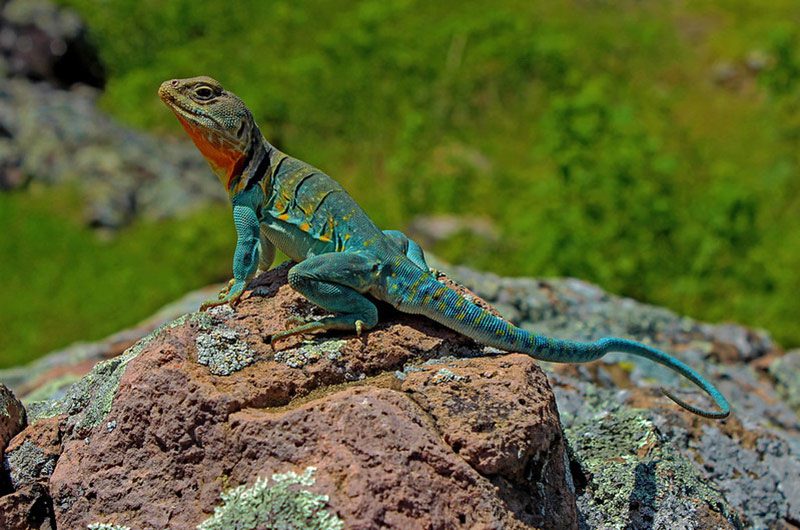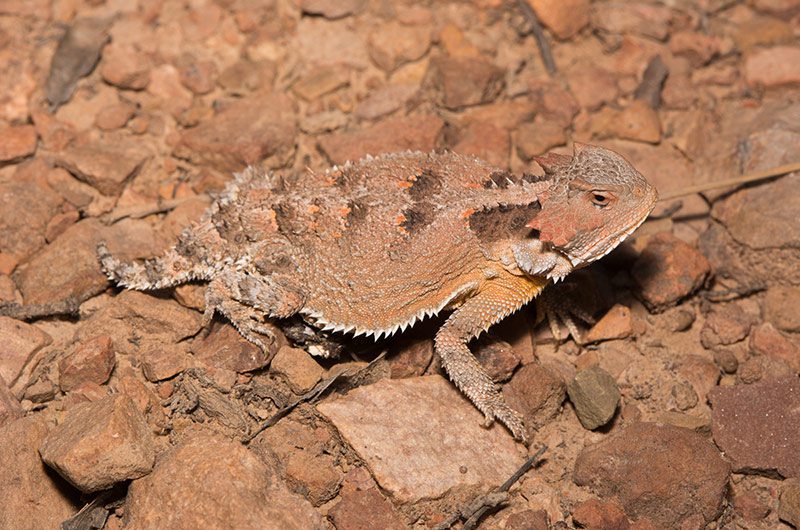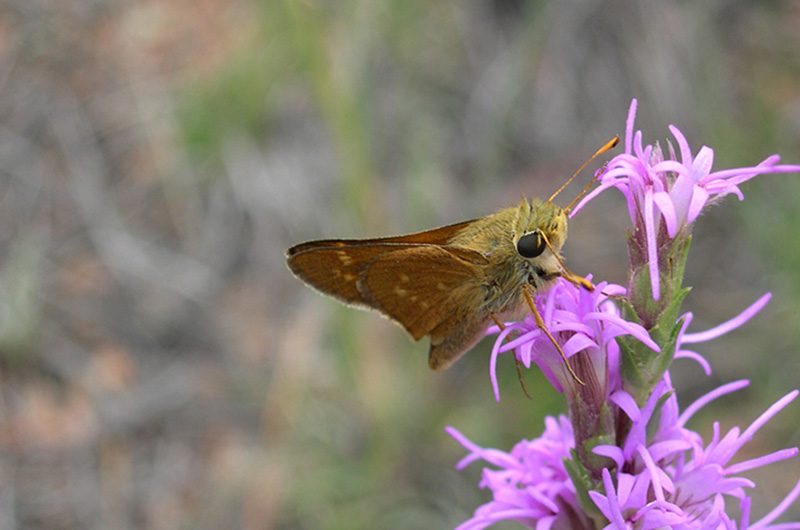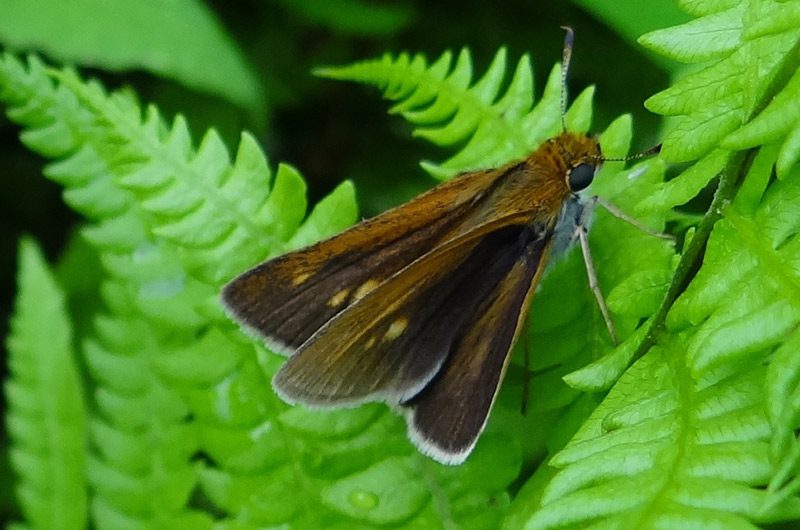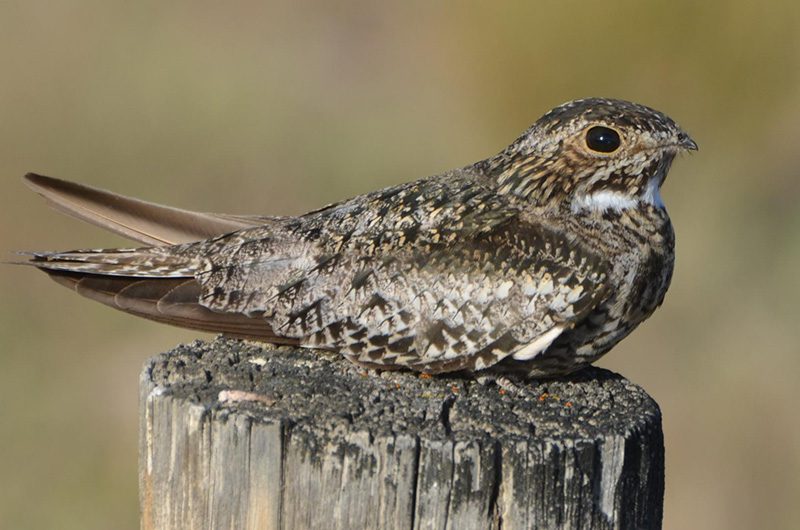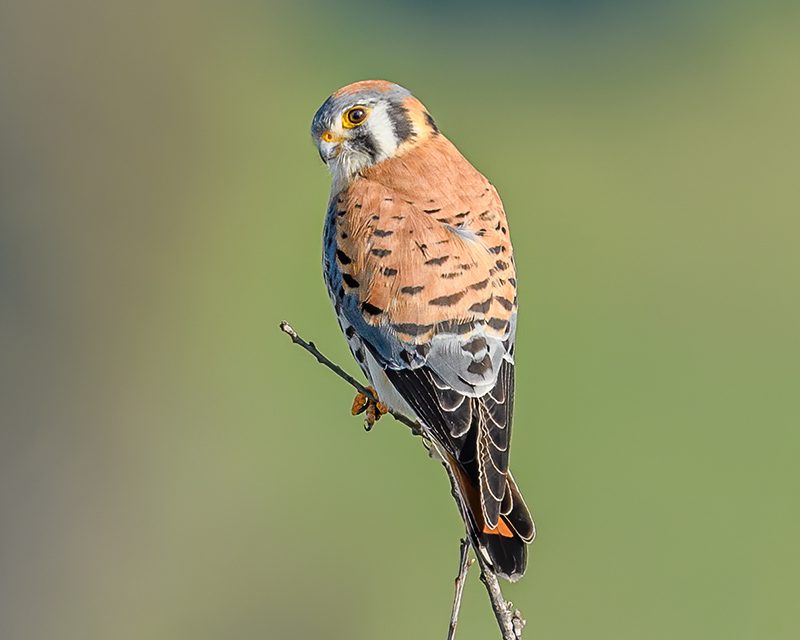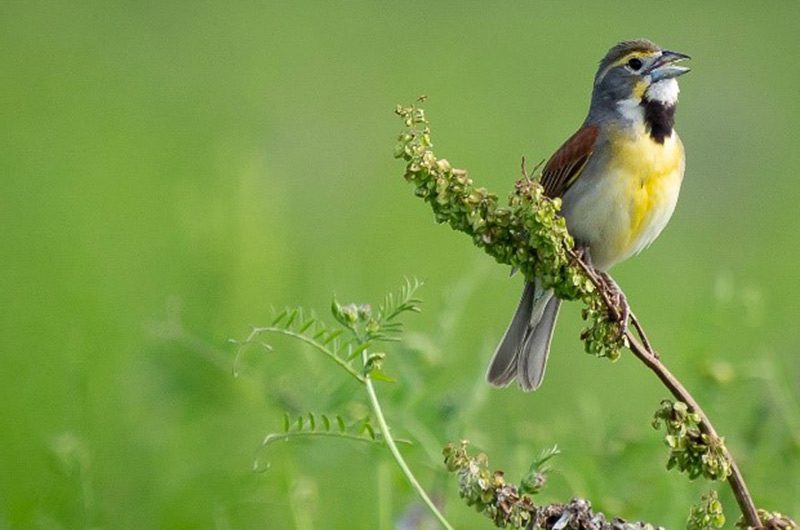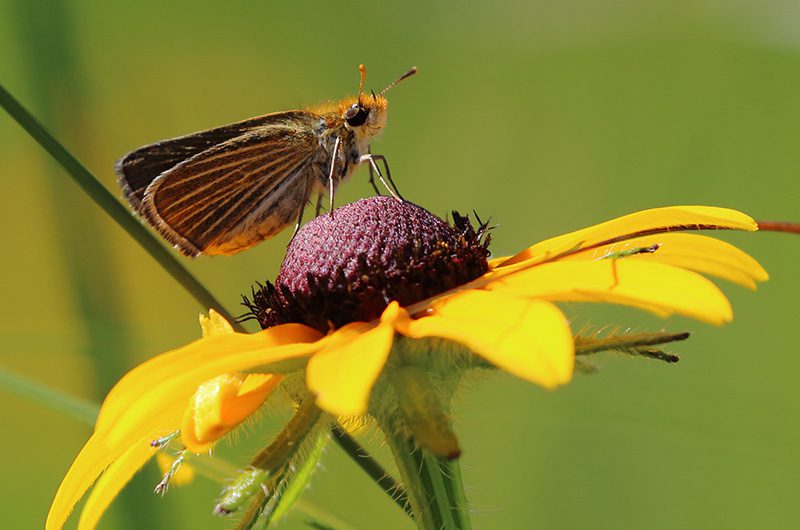LandPKS Learning
Habitat Hub
Factsheets and other helpful resources about the wildlife species living on your land (US only)
Golden Eagle
Although capable of killing large prey, golden eagles primarily hunt rabbits, hares, ground squirrels, and prairie dogs. It takes a juvenile bird four years to reach adulthood, juveniles typically don’t have territories and don’t migrate far from their natal territories (where they hatched). They disperse and ”hang around” the region for several years.
Read moreNorthern Pintail
Pintails are a fast, long-distant migrant. Using satellite-tracking technology, the longest non-stop flight on record was 1,800 mi/2,900 km.
Read moreEastern Collared Lizard
Eastern collared lizards are very alert—and very fast! They’re well adapted to running around their rocky habitats and jump among rocks easily. At top speeds, they run using only their back legs! They have highly powerful jaws capable of delivering a strong bite that can break the skin if captured.
Read moreGreater Short-Horned Lizard
Greater short-horns are the only lizard species found in Alberta and Saskatchewan, Canada.
Read morePawnee Montane Skipper
The Pawnee montane skipper habitat has been threatened by the proposed Two Forks dam and reservoir which would have inundated and destroyed 22% of the skipper’s habitat with an estimated loss of 23-42% of the population. Two large recent fires, Buffalo Creek Fire and Hayman Fire affected nearly half of the skipper habitat.
Read moreTwo-spotted skipper
While worldwide the two-spotted skipper is secure, that is not necessarily the case on a local basis. Most states where the butterfly resides consider it fairly rare
Read moreCommon Nighthawk
Male common nighthawks are known for their dramatic “booming” flight display. When flying above the trees, a male will dive towards the ground and abruptly pull out of the dive, sometimes just above the ground. As he flexes his wings downward, the air rushes across his wingtips, making a booming or whooshing sound. The male may dive to impress a female or scare intruders, such as people.
Read moreAmerican Kestrel
Kestrels hide surplus prey in grass clumps, tree roots, bushes, fence posts, tree limbs, and cavities, to save the food for lean times or to hide it from thieves. In winter in many southern parts of the range, female and males use different habitats. Females use the typical open habitat, and males use areas with more trees. This situation appears to be the result of the females migrating south first and establishing winter territories, leaving males to the more wooded areas.
Read moreDickcissel
Dickcissels gather in large flocks for fall and spring migration, up to thousands of birds. On their winter range, flocks may be as large as millions of birds, and these flocks can inflict substantial damage on agricultural crops in South America.
Read morePoweshiek Skipperling
Poweshiek skipperling butterfly populations have shown a well-documented collapse in less than a decade between 2000 and 2010, with likely extirpation of over 95% of the populations. In 2000, Poweshiek skipperling was known from native prairie remnants in Iowa, Minnesota, North and South Dakota, and Wisconsin and in fens in Michigan. By 2010, it was no longer found in the Dakotas, Minnesota, and Iowa. The original core habitat range for the species was orders of magnitude larger than the current range. The cause of this wide-spread decline is still unknown.
Read more
Mobile App | Data Portal | Knowledge Hub | Habitat Hub | Learning Collections | Blog | About | Contact | Support

